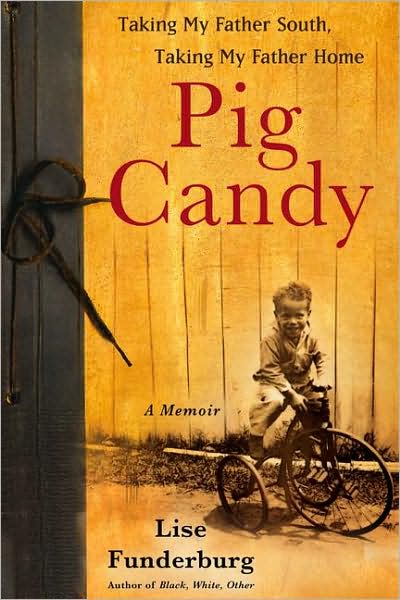Barack Obama’s “Slave” Ancestor and the Politics of GenealogyPosted in Articles, History, Media Archive, Slavery, United States, Virginia on 2013-06-23 01:08Z by Steven |
Barack Obama’s “Slave” Ancestor and the Politics of Genealogy
George Mason University’s History News Network
2012-08-02
Honor Sachs, Assistant Professor of History
Western Carolina University, Cullowhee, North Carolina
On July 30, the New York Times broke a story about the Obama family’s ties to slavery. Not Michelle Obama. Her family connection to slavery has been extensively covered by the Times and documented in Rachel Swarn’s American Tapestry. Rather, the story revealed the history of Barack Obama’s ties to slavery through his mother’s side. The article announced that genealogists have traced the family history of Obama’s mother, Stanley Ann Dunham, to seventeenth-century Virginia, where they claim it is possible she may have descended from an African servant named John Punch. Using ancestral databases and DNA evidence, researchers have linked Dunham’s history to the “mixed-race Bunch line,” a family who became wealthy colonial landholders and were racially considered white despite their ties to Africans like John Punch.
The story of John Punch occupies an important place in the history of slavery in North America. When the English imported Punch to the Virginia colony in the mid-seventeenth century, he became an indentured servant. The primary source of labor in the Virginia colony for the better part of the seventeenth century was servitude. The colony imported workers from Europe to work in tobacco fields. They had little interest in utilizing African slaves. African imports were comparatively expensive next to the cheap imports they could scoop off the streets or out of the jails of London. At the time John Punch arrived in the English colony, he was one of a relatively small population of Africans.
But something happened to John Punch in 1640 that signaled a transition in the way colonial officials thought about race and slavery. In 1640, Punch ran away from his Virginia employer with two white servants, one a Scot and the other a Dutchman. They escaped to Maryland where they were apprehended and returned home for punishment. All three runaways were whipped. The two white servants were punished with extended terms of service, but Punch received a far harsher sentence: he was made a servant “for the term of his natural life.” It was the closest thing to a slave the colony had yet known. Virginians would not fully embrace a system of slave labor for at least another four decades, but the willingness of colonial officials to distinguish a lifetime of servitude for Punch and not for his European counterparts suggests the beginnings of racial thinking that would ultimately equate slavery with people of African descent…
Read the entire article here.
